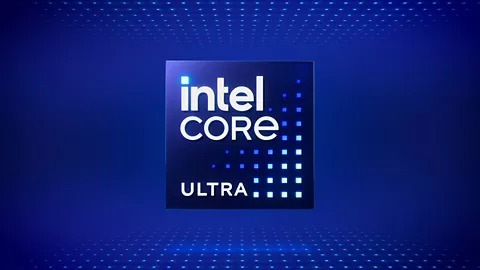
Your next CPU upgrade just got more complicated—and potentially more interesting. Intel’s ditching the familiar “Core i” naming scheme that’s defined desktop processors since 2008, replacing it with “Core Ultra” branding that promises to simplify choices while delivering up to 16 confirmed cores in desktop configurations.
The new hierarchy follows smartphone-style numbering: Ultra 3 for entry-level users, Ultra 5 targeting mainstream gamers (6-8 cores), Ultra 7 for content creators (8-12 cores), and Ultra 9 for enthusiasts demanding maximum desktop performance (12-16 cores). Think of it as Intel’s attempt to make CPU shopping as intuitive as picking your iPhone tier, except with significantly more thermal considerations.
Here’s where things get murky. Industry whispers suggest certain Ultra models could pack up to 52 cores, which would represent a desktop computing revolution comparable to Netflix killing Blockbuster. However, Intel hasn’t officially confirmed these sky-high core counts for mainstream desktop chips—meaning you should treat such claims with the same skepticism you’d apply to any “revolutionary breakthrough” promised at CES.
What Intel has confirmed feels substantial enough. The hybrid architecture mixing high-performance P-cores with efficient E-cores mirrors their laptop success, while cache sizes scale from 12MB in Ultra 5 chips to 32MB in flagship Ultra 9 models. Your Twitch streaming setup or Blender renders should benefit from this increased parallel processing power, assuming Intel’s 2025 launch timeline holds.
The real story here isn’t just core counts—it’s Intel‘s acknowledgment that AMD’s Ryzen processors forced their hand. After years of incremental desktop improvements, Intel’s finally offering the multi-core density that power users have been demanding since work-from-home culture made everyone a content creator.
Whether these Ultra processors justify new motherboard investments depends on pricing Intel hasn’t revealed. But if you’re still running anything older than 12th-gen Intel, the performance leap should make your current CPU feel like dial-up internet in a fiber world.
Last modified: July 26, 2025







